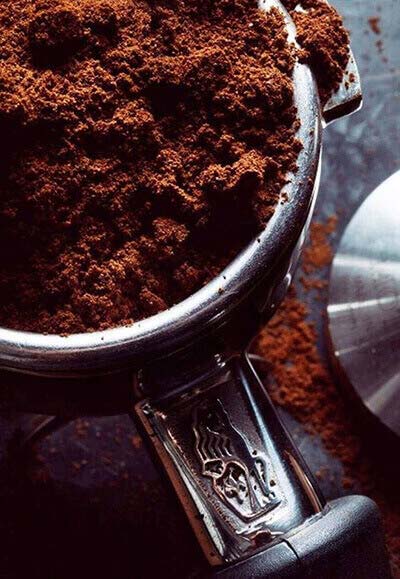The Perfect Grind
Setting the Grind
Setting the grind and making adjustments is one of the most important elements of our barista training. It is essential that our baristas not only understand how to carry out this task, but that you are confident in helping them to become confident in this area.
It’s best to start with an espresso recipe to make this process smoother. A standard double espresso recipe is: 18g-20g of ground coffee to make 36g-40g of espresso.
Setting the grind and making adjustments:
1. Weigh the dose (add or take away coffee if necessary to get your desired dry dose), pull your espresso and weigh to the desired amount. Watch it pour, the time it, taste it.
2. If it tastes bad, adjust your grind. Only make small adjustments and remember to purge your grinder after making an adjustment.
3. When it tastes good, set the grinder to give the desired dose and make sure the machine is giving you the right espresso yield to match the dose.
4. When the time comes to set the grind again, start from step 1.
Once finished the espresso should look rich and dark in colour, the crema should stretch as you gently roll the espresso around the cup. The aroma should be sweet and inviting. The taste should be syruppy and sweet with some pleasant acidity and a little bitterness to give the flavour some balance. The aftertaste should linger and be pleasant.
★ If the espresso is overly bitter and lacking in acidity, with a powdery dry texture and horrible aftertaste we would describe it as over extracted.
★ If the espresso is overly sour and lacking in body, with a sharp aroma and lacking in aftertaste we would describe it as under extracted.
REMEMBER:
- Once you have ground your whole coffee beans and they have become a finely ground coffee powder, never put them back in the hopper (the plastic chamber on top of the grinder where the whole beans sit).
- Only make small adjustments to your grind size using the adjustment collar.
- Don’t pay too much attention to the numbers on this collar and instead focus on the notches (the raised grooves that run along the circumference of the adjustment collar). Try moving a few notches to the left (coarser) or right (finer) and then do a taste test.
- Once your grind is set and ready to make espresso, don’t let too many people touch this adjustment collar. It might help if only two people adjusted this to avoid confusion and keep your espresso consistent.
- Once you have found the correct setting, the majority of coffees will typically be within 2-4 notches at the same weight.


